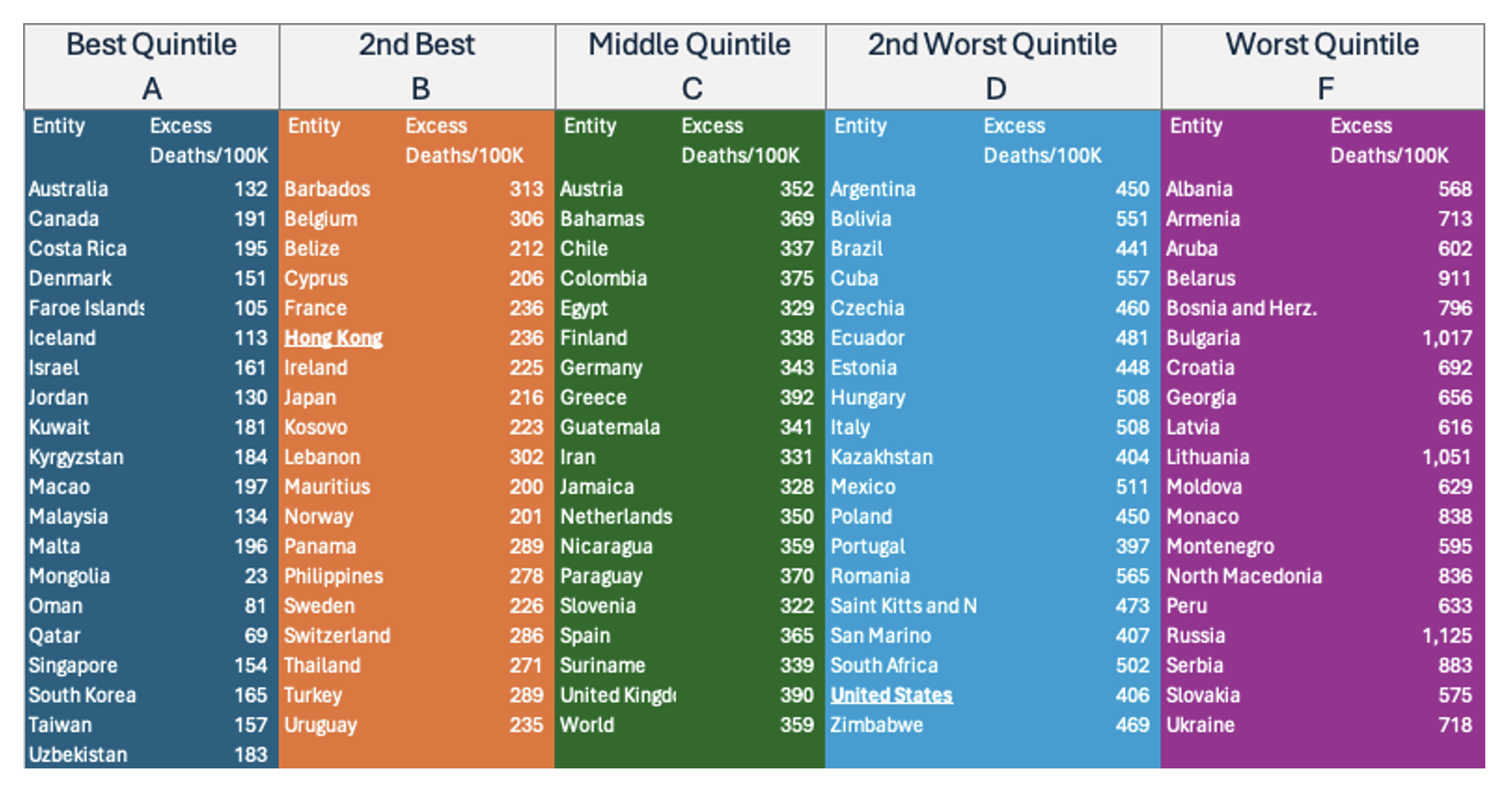Hong Kong’s Success and Future Challenges in Controlling Tobacco
Hong Kong’s
cigarette use prevalence at 9.5% is lower than almost any other high income
setting. The battle against tobacco in Hong Kong goes back 40 years. University of Hong Kong faculty (Judith
Mackay, TH Lam ,
Sophia
Chan, Daniel Ho)
have had a large role in the anti-tobacco movement. A government agency called Committee on Smoking and Health (COSH) was chartered in 1987.
Smoking prevalence in Hong Kong halved from 23·3% in 1982 to 11·8% in 2008. I put together a graph to tell the story based on health department data and other sources (1). The biggest decline in tobacco use was in men from 1982 to 1990. Tobacco use may have already been declining when a tobacco tax hike of 300% was imposed. Tobacco tax hikes in 1991 and 2009 were not followed by dramatic behavioral responses. Ad bans and indoor smoking bans in 1999 and 2007 respectively have been part of the policy toolkit. In 2021 Hong Kong passed a law to ban e-cigarettes.
The slower declines in smoking of recent years are not surprising. Not all smokers are alike and not all nicotine addictions are equally intense. Those with less severe addictions would have quit earlier as restrictions made smoking more costly and quitting more convenient. Hong Kong is appropriately trying to improve its measures to help smokers quit tobacco. COSH has a community based “Quit to Win” campaign. Medical students and nursing students at University of Hong Kong receive training in tobacco cessation counseling in Hong Kong.
The age-breakdown in male smoking shows that youth smoking in Hong Kong has fallen from 7.9% in 1982 to 1.6% in 2017. Look carefully and you will see that the men in their 20’s (orange curve) are the ones making the most dramatic declines followed by men over 60 (green curve). Older men from 40 to 59 are the most prevalent smokers and their recent trends are pretty flat.
By focusing on consolidating past progress and using demographic data, Hong Kong can turn its efforts to intensify understanding of smoking in middle aged men and finding ways to help this group of men quit smoking.
1. Koplan JP, An WK, Lam RM. Hong Kong: a model of successful tobacco control in China. The Lancet. 2010;375(9723):1330-1.

Comments
Post a Comment